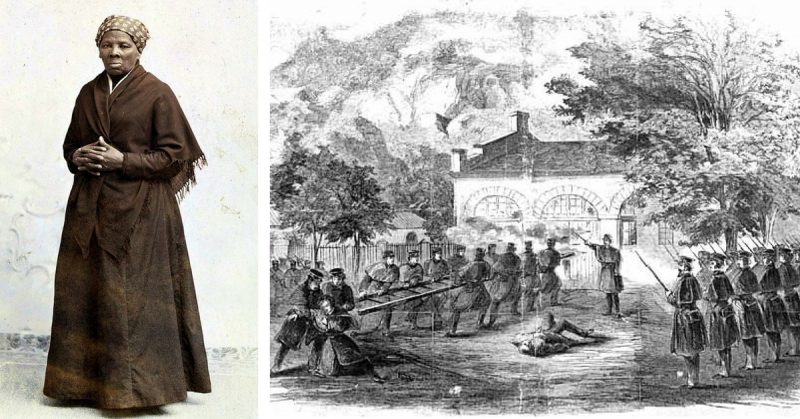The American Civil War was, at its core, fought over the freedom of states to allow their citizens to keep slaves. During the conflict, many former slaves worked with the Union army, either by officially joining it, or providing information. One such person, better known for her actions in freeing slaves, led a highly successful raid deep into the Confederate territory. Her name was Harriet Tubman.
Tubman was born into slavery around 1822. She escaped to freedom in Philadelphia, in 1849. She then worked tirelessly to help free other slaves, bringing them north to free states and Canada. By 1863 she was working as a nurse in Port Royal, South Carolina, aiding the Union soldiers stationed there. She knew the terrain well and wanted to do more to help defeat the Confederacy and end slavery.
Working under direct orders from the Secretary of War, Tubman led a scouting group through the swamp lands of South Carolina. She mapped the area for the Union Army and opened up communications with the local slaves. She dressed as a slave, and sneaked into plantations at night, blending in with the enslaved workers during the day. The Union had enormous difficulty getting the enslaved community to trust their spies and soldiers. Tubman was one of their own and a folk hero. They happily told her everything they knew, about troops movements, food supplies, fortifications, and traps.
As Tubman cultivated a spy ring in the area and gave the lay of the land to the Union army, a plan was brewing. The Union army, trapped in port cities throughout the south, wanted to push further into the Confederate’s plantation country of the deep south. Most of the region was accessible by river, and steamboat raids seemed the best way to achieve their goals. The Union wanted to take the war right into the south’s heartlands but needed a guide for the river. Tubman was more than willing to fill that role, but on one condition: the raids should be led by Colonel James Montgomery.
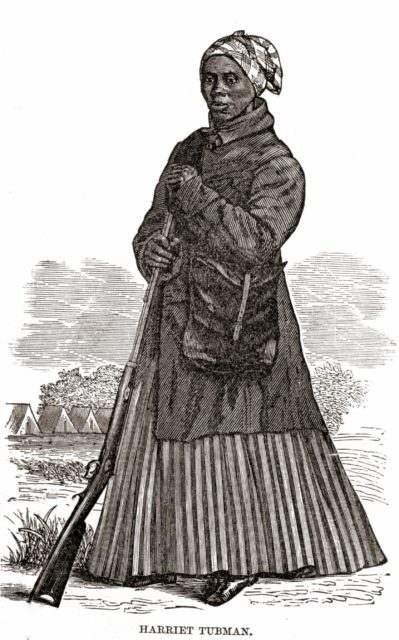
Montgomery was a Jayhawker and a staunch abolitionist. He had worked with men like John Brown, a well-known abolitionist, and provocateur who had led raids in Kansas. Brown had organized a small army, preaching the abolitionist cause, and occasionally fighting pro-slavery militias. Jayhawkers were abolitionist farmers, workers, and militants who had flocked to Kansas in the 1850s. At the time, Kansas could have become a slaveholding state which would have given the South more power in the United States.
Men like Montgomery and Brown fought border skirmishes in the region, giving them experience as unconventional fighters, as well as credibility among the slave community. Tubman had worked closely with the Jayhawkers and knew Montgomery personally. She knew she could trust him, not only as a military leader but as an abolitionist activist.
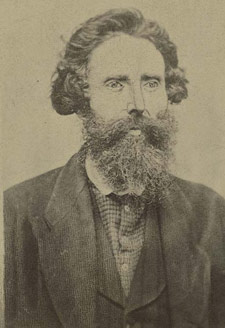
While the Union Army wanted to strike at the Southern infrastructure and wealth, Tubman knew it was a great opportunity for recruitment, and freeing slaves. With Montgomery in command, the two led a column of 3 ships, 300 soldiers, and a company of artillery up the Combahee River, and deep into enemy territory. The soldiers came from the 2nd Regiment South Carolina Volunteer Infantry, an African American unit of former slaves. The men knew Tubman and were undoubtedly inspired to be serving under such an important person.
The raiders sent out on June 2, 1863, from Beaufort. One ship, the Sentinel ran aground early on, but the John Adams and Harriet Weed continued up the river after taking on the troops from the Sentinel. They first landed troops four miles up the river, at Fields Point. A small detachment of infantry disembarked and began skirmishing with the local Confederates, eventually pushing them back as the ships steamed two more miles up the river.
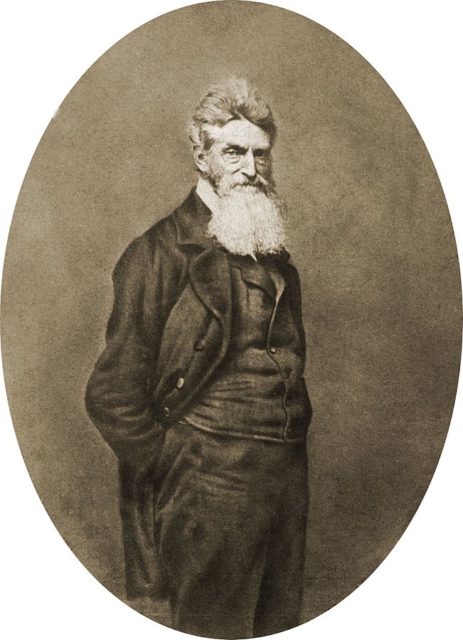
A second squad was sent ashore at Tar Bluff, where they met up with the first and began securing the northern river bank. Finally, the two ships came upon their target: the Nichols Plantation. The Harriet Weed docked and dismounted her troops. Meanwhile, the John Adams continued up the river and deployed her troops near a causeway.
At first, the Confederates did not realize what was happening as there had been a rash of false alarms. Once they understood they marched towards the banks of the river. Union troops on the shore came under fire as they pulled back towards the John Adams. The Confederates had a small battery of field artillery and opened fire on the retreating soldiers, advancing in their wake.
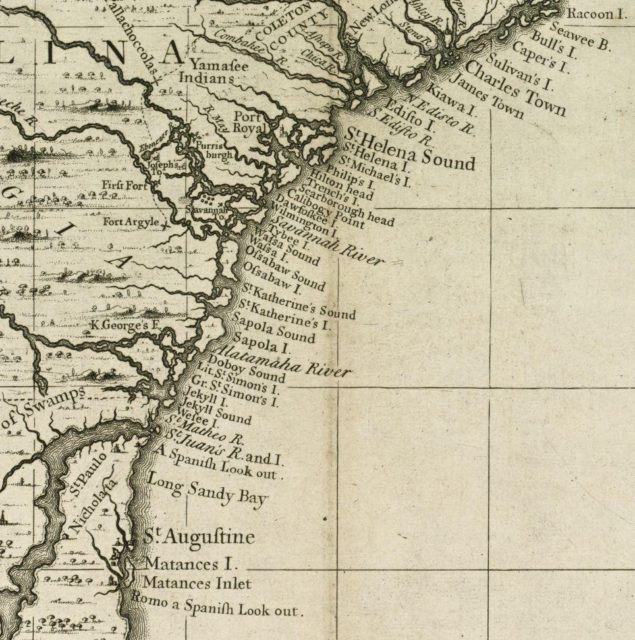
As the gray-clad Confederates came within sight of the river, the tide turned. The John Adams released a broadside, sending a barrage of 12 pounder cannon towards the shore. The Confederates retreated to their fort.
Meanwhile, Union soldiers were laying waste to the plantations down the river. It was an early form of strategic warfare; if they could prevent their enemy from feeding its army, they would be less likely to resist an invasion. The federal troops leveled buildings and burnt the Nichols plantation to the ground, but the destruction was only part of their mission.
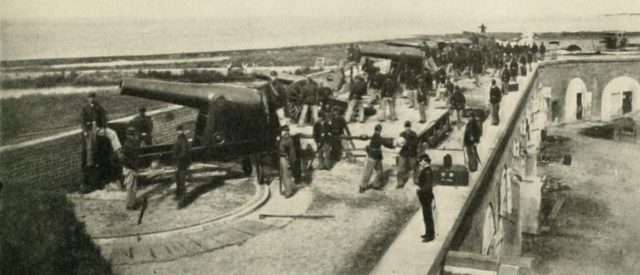
The plantation was full, mostly, of African American slaves. They were held in bondage by their owners, but the Union troops who were coming up the river represented a chance at freedom. Harriet Tubman had made sure they knew and would be ready to leave when the opportunity came. While there was some hesitation at first, soon people streamed out of the buildings and plantations. In all around 800 people were freed.
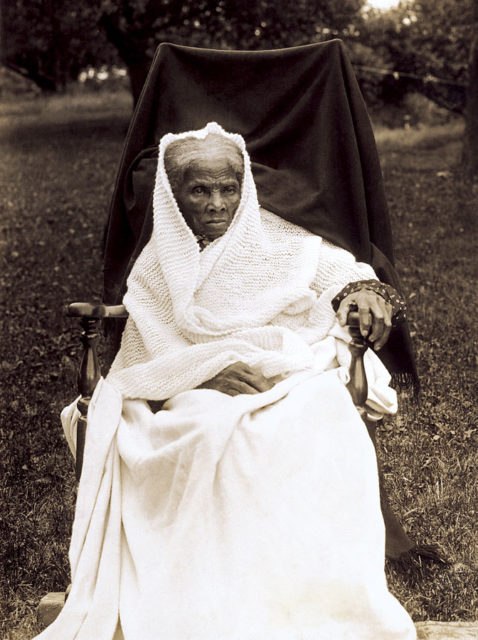
The result of the raid extended beyond the numbers on paper. It proved the effectiveness of African American troops, who took on most of the burden of the fighting and destruction. It also proved the success of large but precise raids. Those tactics became more and more common as the Union tried to remove the Confederacy’s major strategic resource: its food supply.
Harriet Tubman was a hero to the enslaved. She was a nurse, spy, and military commander and was an incredibly inspiring character. The Raid on Combahee River exhibited not only her skill at information gathering but also her far-reaching effect on history.
